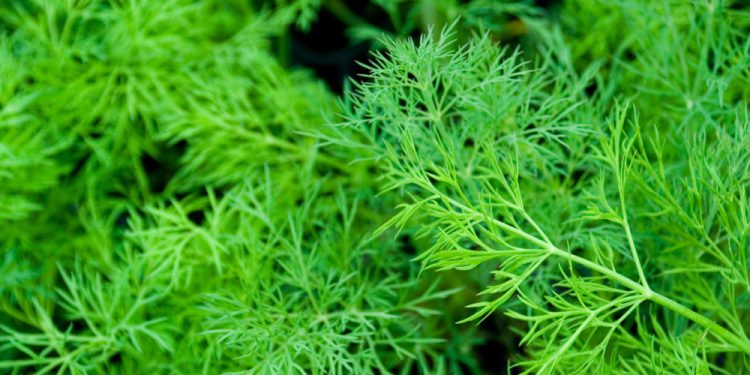Dill (Anethum graveolens) is a popular herb among farmers and gardeners, and for good reason. It has various culinary and medicinal uses, and its cultivation requires minimal effort. In this article, we will explore the benefits of growing dill in your farm.
Dill is an annual herb that belongs to the Apiaceae family. It is native to the Mediterranean region and Western Asia, but it is now widely cultivated in different parts of the world. Dill plants can grow up to 3 feet tall and have feathery, delicate leaves. They produce small yellow flowers that develop into oval-shaped seeds, which are commonly used as a spice.
One of the primary uses of dill is in cooking. Its leaves, seeds, and stems are used in various dishes, including soups, stews, pickles, and salads. Dill has a tangy, slightly sweet flavor that complements fish, potatoes, and other vegetables. It is also a common ingredient in dips, sauces, and dressings.
Aside from its culinary uses, dill has several medicinal properties. It contains compounds that have antibacterial, anti-inflammatory, and antispasmodic effects. Dill tea, for example, is a popular remedy for digestive issues, such as bloating, gas, and constipation. It is also believed to have a calming effect and can help alleviate anxiety and insomnia.
From an agricultural standpoint, dill is an easy crop to grow. It prefers full sun and well-draining soil and can tolerate dry conditions. Dill seeds can be sown directly in the ground or started indoors and then transplanted. The plants do not require much fertilizer and are relatively pest-resistant.
In conclusion, dill is a versatile herb that offers numerous benefits to farmers and consumers alike. Its culinary and medicinal uses, as well as its ease of cultivation, make it an attractive option for any farm. Whether you are a commercial grower or a home gardener, consider adding dill to your crops and see how it can enhance your produce.
#Dill #Herbs #Farming #Agriculture #CulinaryUses #MedicinalProperties #EasyToGrow











